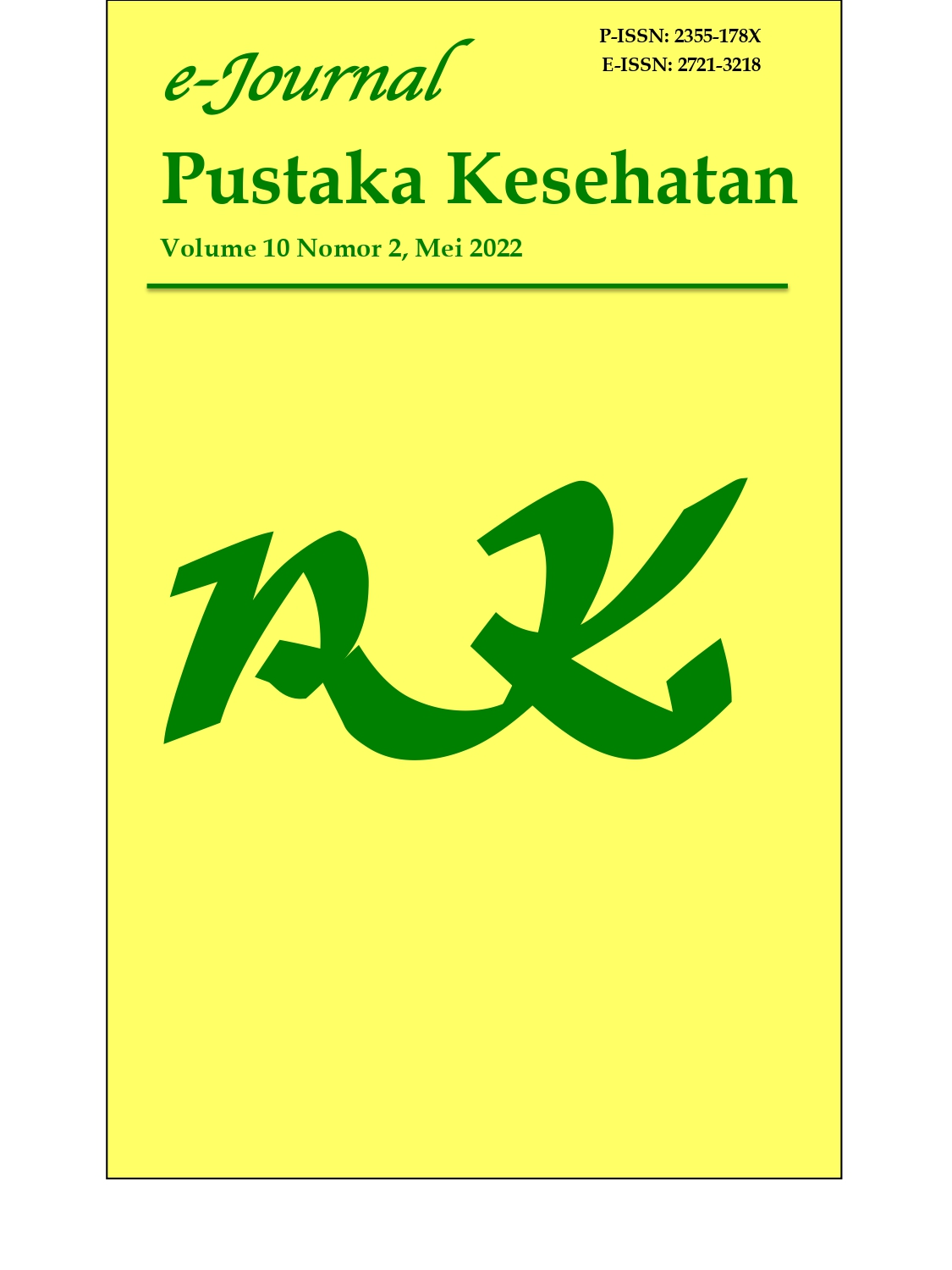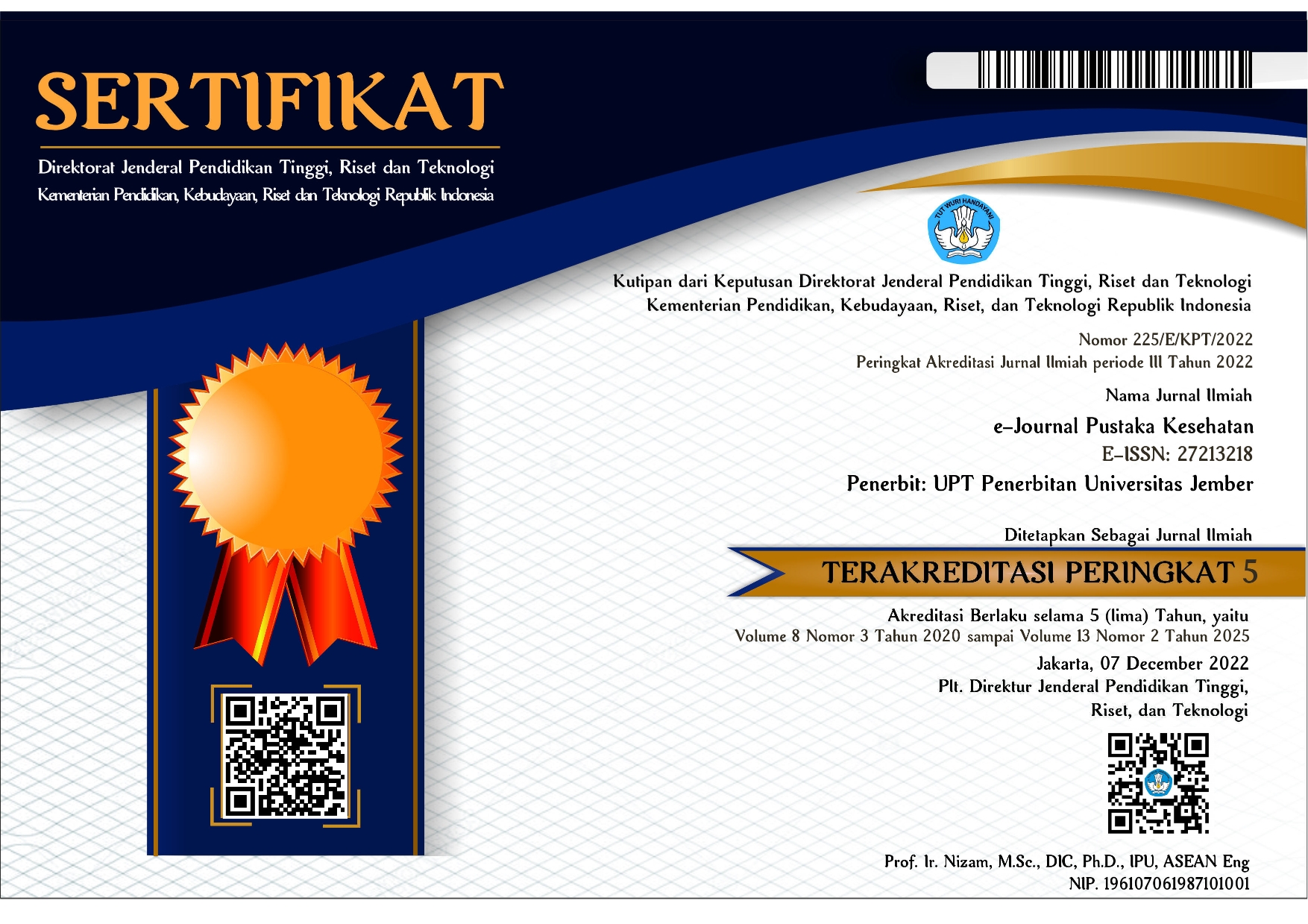Pengembangan Edible Sensor Berbasis Antosianin Kubis Merah (Brassica oleracea var capitata L.) untuk Monitoring Kesegaran Fillet Ikan Nila (Oreochromis niloticus)
DOI:
https://doi.org/10.19184/pk.v10i2.28183Keywords:
Anthocyanin, edible sensor, fish fillet, mean blueAbstract
Tilapia is actually the most popular source of protein in the world market in the form of fillets, because it has several advantages, such as being able to be processed into various new processed products, easy to distribute and marketable in attractive forms. It is necessary to monitor the freshness quality of tilapia fish fillets. This study aims to develop an edible sensor for monitoring the freshness of tilapia (Oreochromis niloticus) fillets that are safe for consumption and also environmentally friendly with a pH indicator of the anthocyanin of red cabbage (Brassica Oleracea Var. Capitata L.). The edible sensor was applied to the tilapia fillet package. The characterization of edible sensors includes observation of surface morphology with SEM and functional group analysis with FTIR. Tests for freshness parameters of tilapia fish fillets included pH value test, total microbial count test, TVBN level test, and organoleptic test. The color change of the edible sensor was observed visually and using ImageJ software to determine the mean red value. The results show that the color of the edible sensor is dark purple when it indicates fresh tilapia fillet, the light purple color is still fresh, and the grayish-purple color of rotten tilapia fillet is not safe for consumption. Red cabbage anthocyanin-based edible sensors can be applied as smart labels for monitoring the freshness of tilapia fillets.
Downloads
References
[2] Kerry, J. dan P. Butler. 2008. Smart Packaging Technologies for Fast Moving Consumer Goods. Smart Packaging Technologies for Fast Moving Consumer Goods.
[3] Zhang, X., G. Sun, X. Xiao, Y. Liu, dan X. Zheng. 2016. Application of microbial ttis as smart label for food quality: response mechanism, application and research trends. Trends in Food Science and Technology. 51:12–23.
[4] Pacquit, A., K. T. Lau, H. McLaughlin, J. Frisby, B. Quilty, dan D. Diamond. 2006.
[5] Fuertes, G., I. Soto, R. Carrasco, M. Vargas, J. Sabattin, dan C. Lagos. 2016. Intelligent packaging systems: sensors and nanosensors to monitor food quality and safety. Journal of Sensors.
[6] Listyarini, A., W. Sholihah, dan C. Imawan. 2018. A paper-based colorimetric indicator label using natural dye for monitoring shrimp spoilage. IOP Conference Series: Materials Science and Engineering. 367(1)
[7] Rinaudo, M. 2006. Chitin and chitosan: properties and applications. Progress in Polymer Science (Oxford). 31(7):603–632.
[8] Maulina, A., Hardeli, dan Bahrizal. 2014. Preparasi dye sensitized solar celi menggunakan ekstrak antosianin kulit buah manggis (garcinia mangostana l). Jurnal Sainstek. 6(2):158–167.
[9] Bhadra S, Narvaez C, Thomson DJ, Bridges GE. 2015. Non-destructive detection of fish spoilage using a wireless basic volatile sensor. Talanta.
Downloads
Published
Issue
Section
License
e-Journal Pustaka Kesehatan has CC-BY-SA or an equivalent license as the optimal license for the publication, distribution, use, and reuse of scholarly work. Authors who publish with this journal retain copyright and grant the journal right of first publication with the work simultaneously licensed under a Creative Commons Attribution-ShareAlike 4.0 International License that allows others to share the work with an acknowledgment of the work's authorship and initial publication in this journal.







